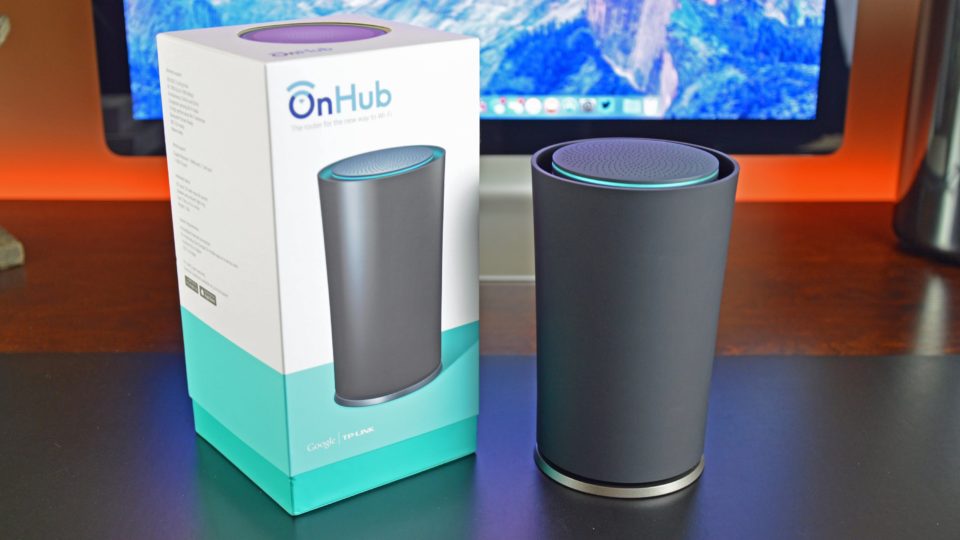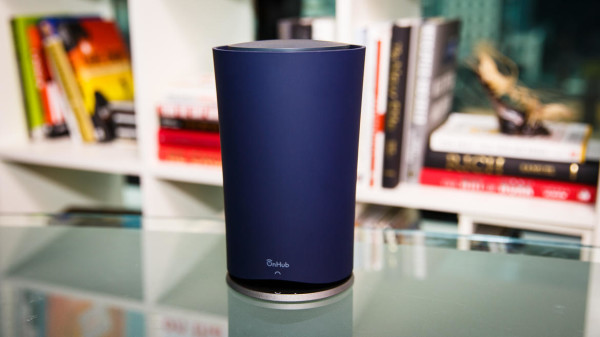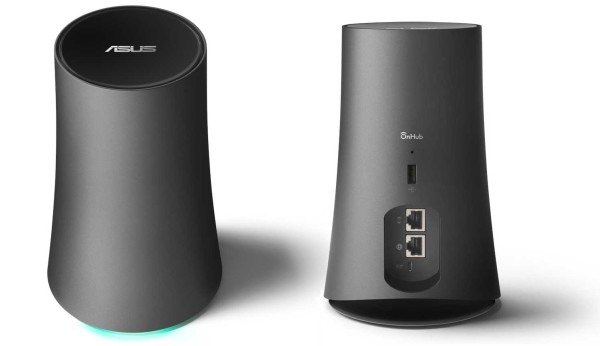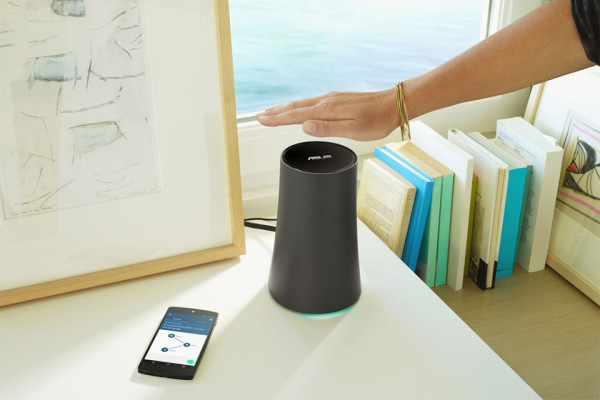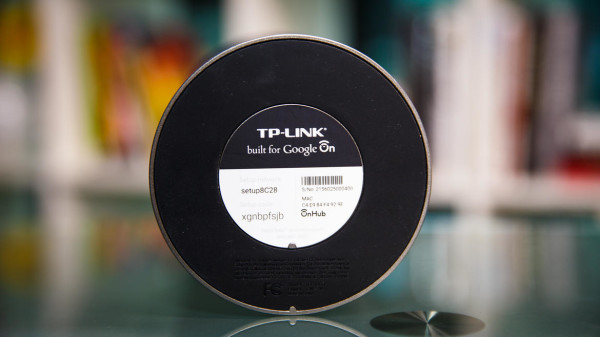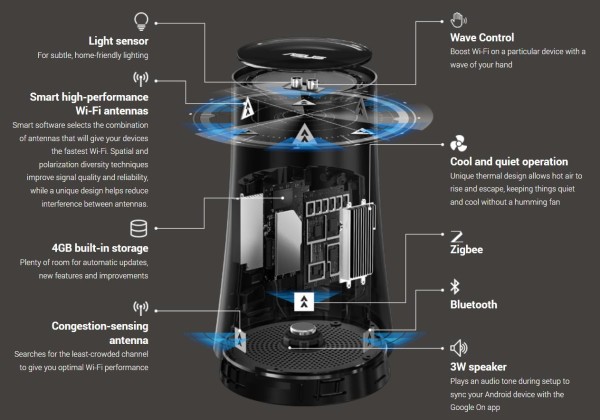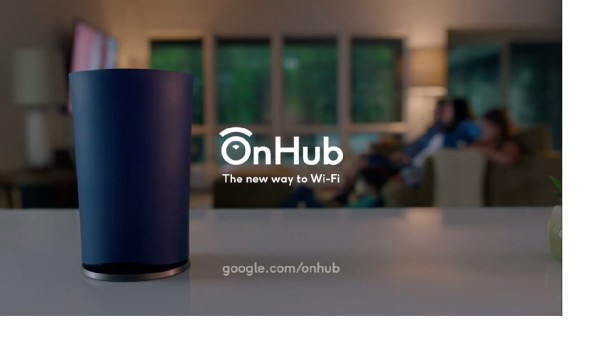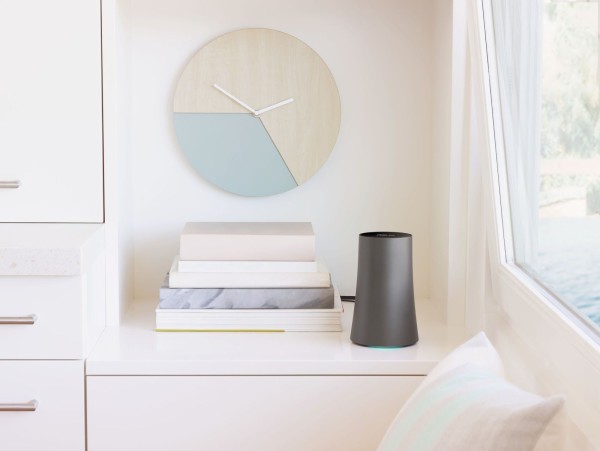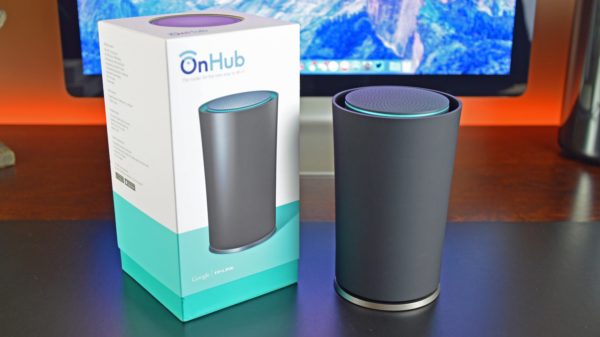Experience better connectivity
Google has expanded from a simple digitalized web-service allowing its users to search all around the www. to being both one of the greatest brands in the world right now and largest companies of the IT industry. Thy released more and more devices and gadgets, spreading all over the business, ranging from mobile phone industry or self-driving cars industry.
In their quest of exploration the endless possibilities and development of ever-expanding network, they came across the idea of creating a wi-fi router. First, it was in collaboration with TP-Link. Two months later, another statement, this time, in the form of a collaboration with Asus, strong actions indeed.
Let’s talk about perspectives
According to Google, the OnHub made with Asus basically has the same features with the one coming from TP-Link. Dual-band AC1900 Wi-Fi router with the top speed on the 5GHz band, maximized at 1.300Mbps and on the 2.4GHz band, up to 600Mbps. We also talk about built-in 3.0 Bluetooth, enabling you to command your router to resolve various tasks. Also, there is this so-called Low Energy module, which allows the router to be controlled via sensors and activity trackers like the Fitbit without spending much power. Google somehow put us on expectative with the possibility of integrating the Internet of Things on this router, using 801.15.4 Wireless Personal Area Network (WPAN) standard, available on both the versions of this concept.
The one from TP-Link is accompanied by front-facing antenna, while the Asus version does not. Also, the first one to arrive on this planet is a little bit smaller and lighter compared to his close, or maybe not so much relative. There is the same CPU, memory and storage capacity mounted on each of them and they both support a speaker function (as incorporated) used in the setup process. The design is also similar.
They pretty much look the same when it comes to specs, but there are some differences on the features available, the biggest one I can think of is that on the Asus created device you get to prioritize the wi-fi signal in between the gadgets in your house by using motion gestures, like waving your hand over the top of it, thus encouraging you to place it out in the open instead of tucking it inside a cabinet. Also, the Asus is controlled exclusively through the Google On app. Never forget though that the TP-Link version is cheaper, on sale and with the same hardware.
